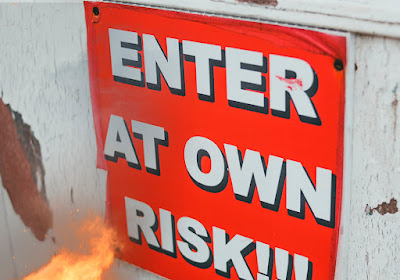NFTs, or non-fungible tokens, are a new way of categorizing digital artworks that enable designers to monetize their work. NFT art is a digital art that you can create or own, and its medium can include digital drawings, paintings, music, film, poetry, or books. Here are some reasons why it might be worth it for a designer to create NFT art:
1. Monetization: NFT art allows designers to monetize their work in a quicker and more accessible way than traditional methods. There’s no chasing clients for payment, no preparing files for print, and no waiting to hear feedback or changing and editing your work to suit a client’s needs.
2. Royalties: NFT art allows artists to earn royalties each time their art is resold, which can be more profitable than traditional art.
3. Access to new communities: Selling NFT art can open up access to active new communities of interested buyers.
4. Claiming ownership: NFT art allows artists to claim ownership of their digital art, which can be important in a world where digital art can be easily copied and shared.
If you're a designer interested in creating NFT art, here are some steps you can take:
1. Choose an NFT platform: To make an NFT of your artwork, you'll need to choose an NFT platform and a payment wallet.
2. Mint your NFT: Once you've chosen a platform and wallet, you can "mint" your NFT, which means creating a unique token that represents your artwork.
3. Set a price: You'll need to set a price for your NFT, which can be tricky since the market for NFT art is still relatively new and volatile.
4. Market your NFT: Once you've created and priced your NFT, you'll need to market it to potential buyers. This can involve using social media to showcase your artwork and connecting with communities of NFT buyers
While NFT art offers several benefits, there are also some cons to consider before deciding to create NFT art. Here are some potential drawbacks:
1. High minting costs: Minting an NFT can be expensive, and the cost can vary depending on the platform you choose.
2. Volatile pricing: The market for NFT art is still relatively new and volatile, which means that the price of your NFT could fluctuate significantly over time.
3. Scams and fraud: The NFT market is still largely unregulated, which means that there is a risk of scams and fraud.
4. Ownership dispute: While NFTs allow artists to claim ownership of their digital art, there is still a risk of ownership disputes if someone else claims to own the original artwork.
5. Limited audience: While NFT art can open up access to new communities of interested buyers, the market for NFT art is still relatively small compared to traditional art markets.
In conclusion, while NFT art offers several benefits, such as monetization and claiming ownership of digital art, there are also some potential drawbacks to consider, such as high minting costs, volatile pricing, scams and fraud, ownership disputes, and a limited audience. As with any investment, it's important to weigh the pros and cons before deciding whether or not to create NFT art.


Comments
Post a Comment